An Asics experiential campaign to promote its new Glideride shoe technology challenged runners to take part in a novel kind of a race – a race without a finish line.
The underlying questions behind the initiative was to explore what might happen and what might be achieved when the mental and physical constraints of a ‘finish line’ are removed and when athletes have no barriers or specific fixed endpoints to hold them back.
The branded race, which was hosted by Asics and held in Utah’s Bonneville Salt Flats, saw the sportswear brand equip 22 competing runners a connected Garmin watch, an individual optimal pace to uphold and an open horizon.
Ahead of the start of the race, each runner had set their own pace over a series of runs logged on Asics’ Runkeeper app and so on race day itself each runner was simply challenged to run at their own optimal pace for as long as they could.
When they fell below their own personal pace three times they had to stop.
Thus the test explored how energy saving technology can assist in a race format designed to create a level playing field: the ultimate race against themselves.
The campaign, which launched on 16 September, was created for Asics by a team at Edelman, with production by Unit9 and media handled by Edelman NY.
In tandem with Asics’s agency partners, the campaign was developed with the expertise and assistance of sports scientists including Professor Samuele Marcora (of the University of Bologna) and the ASICS Institute of Sport Science (ISS).
“We effectively took our research lab from Kobe to the Salt Flats to understand directly from runners how they can benefit from our energy-saving technology in a real-life situation,” said Kenichi Harano, the executive officer and senior general manager at ASICS Institute of Sport Science.
“What we learnt proves the importance of optimising energy and will fuel our next generation technologies beyond footwear.”
The results of the race were notable: 71% percent of runners participating ran further than they thought was possible prior, based on in depth benchmarking with leading sports scientists.
Footballer Wayne Bridge nearly doubled his predicted distance and clocked a total of more than 33 kilometres, while former Olympic athlete and World Champion Liz McColgan ran for more than four hours – a 24% performance increase on her predicted performance.
Comment:
The idea underpinning the stunt activity was that finish lines can actually hold runners back because people are always obsessing about them and trying simply to beat their personal best.
The initiative sets out to highlight the Asics brand claim that its ‘Glideride’ technology, which fully launches in the autumn has genuine ‘energy saving benefits’.
The Glideride shoe will be available in Asics retail and online stores, as well as in specialty running outlets, from 27 September.
This is another sports marketing initiative where data is integral to the experience and the message and a team of elite coaches, data analysts and design engineers communicated with runners throughout the race, encouraging them to adhere to their target pace and alerting them when they were falling behind.
Links:
Asics
https://www.youtube.com/channel/UCcmYRPv2dNVkSWgCp_5M7yA
Edelman

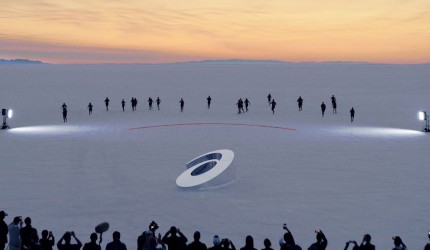




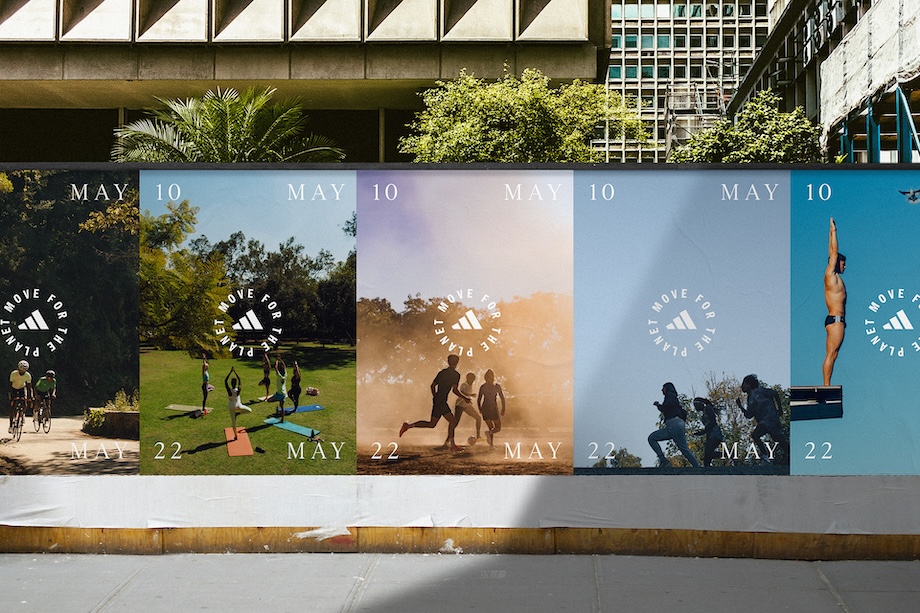



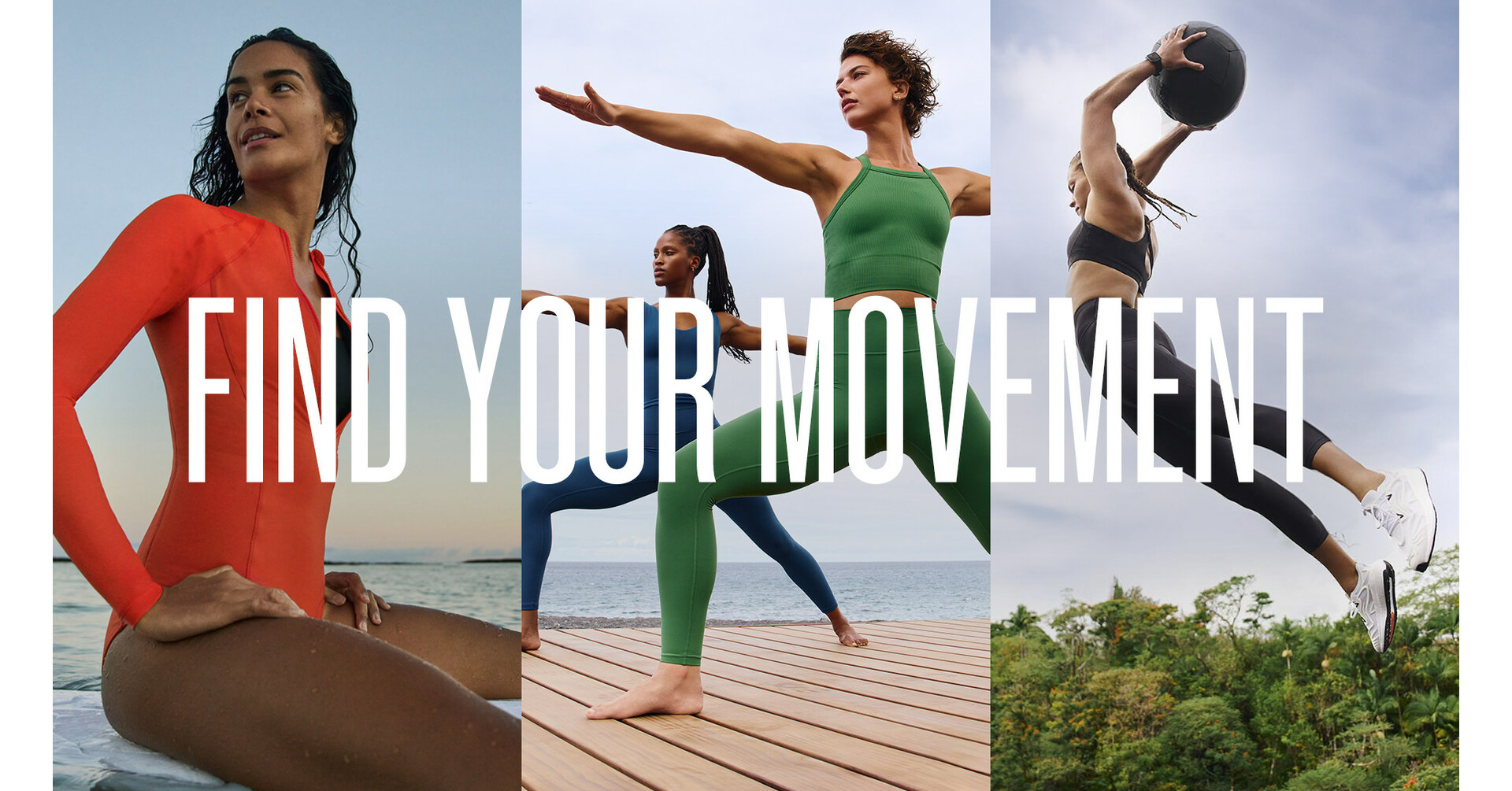
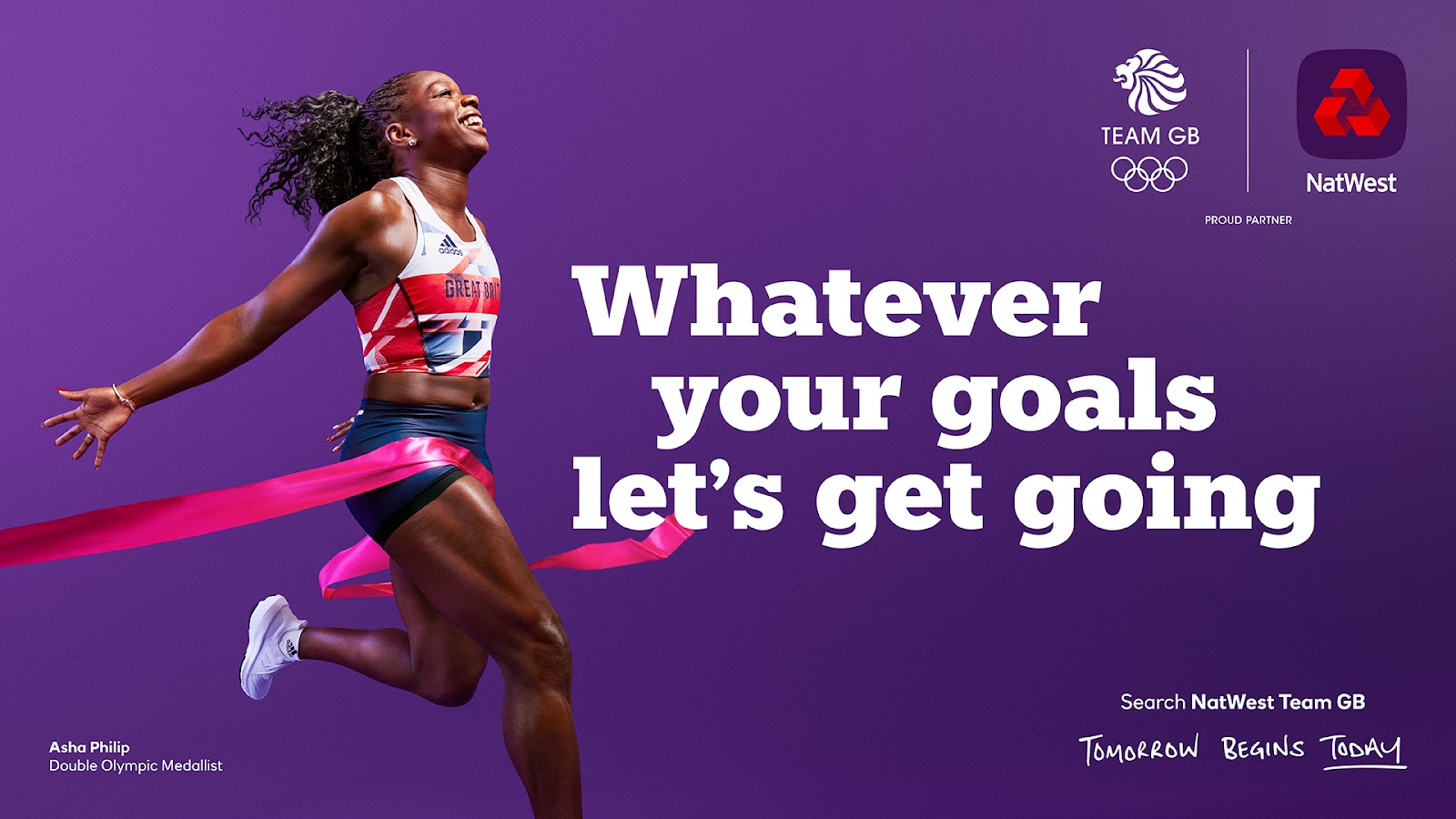











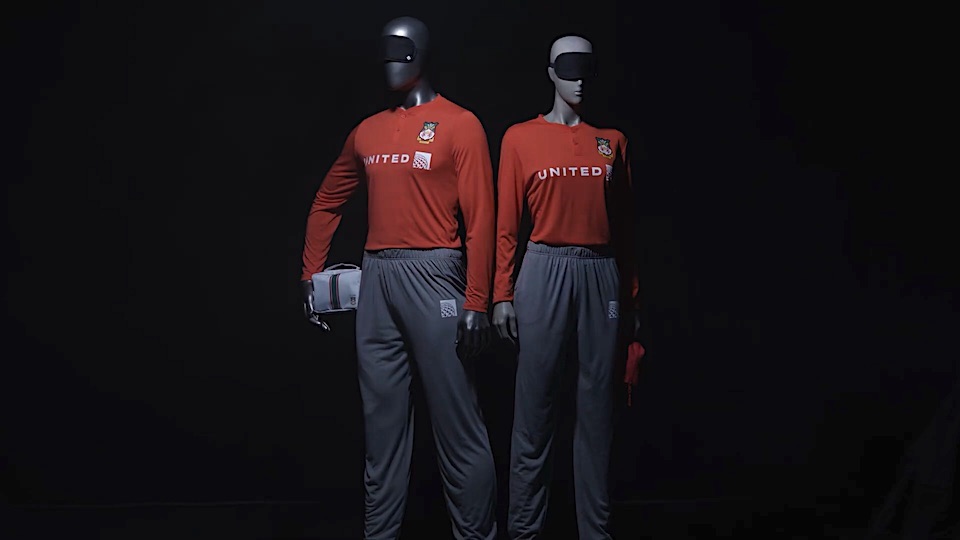

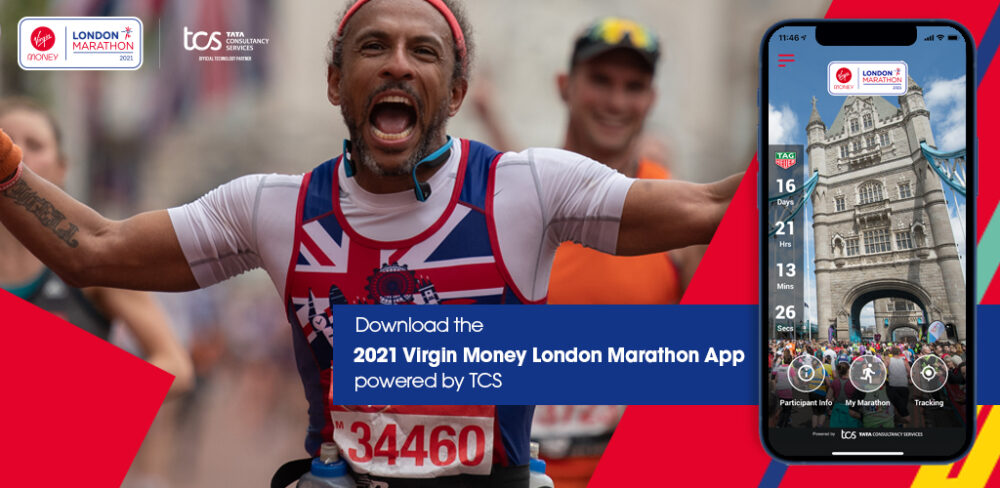


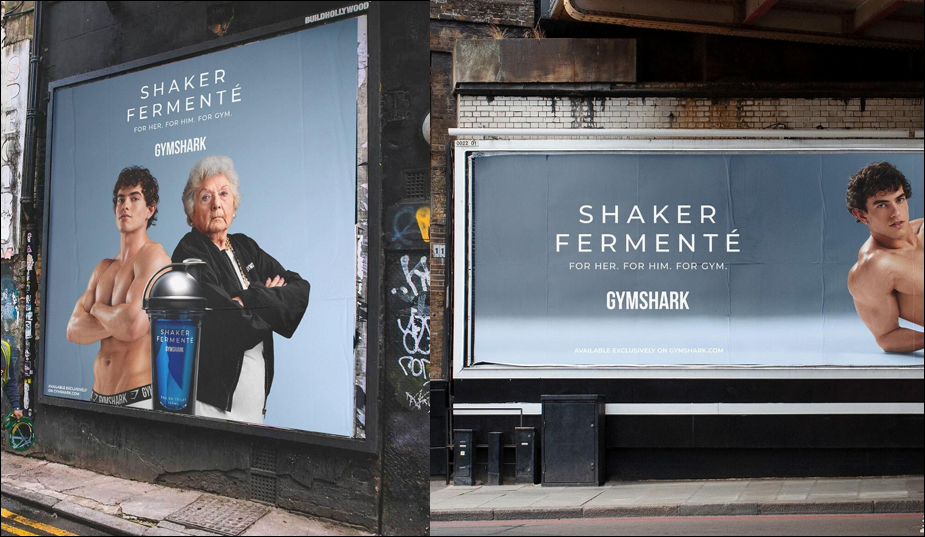

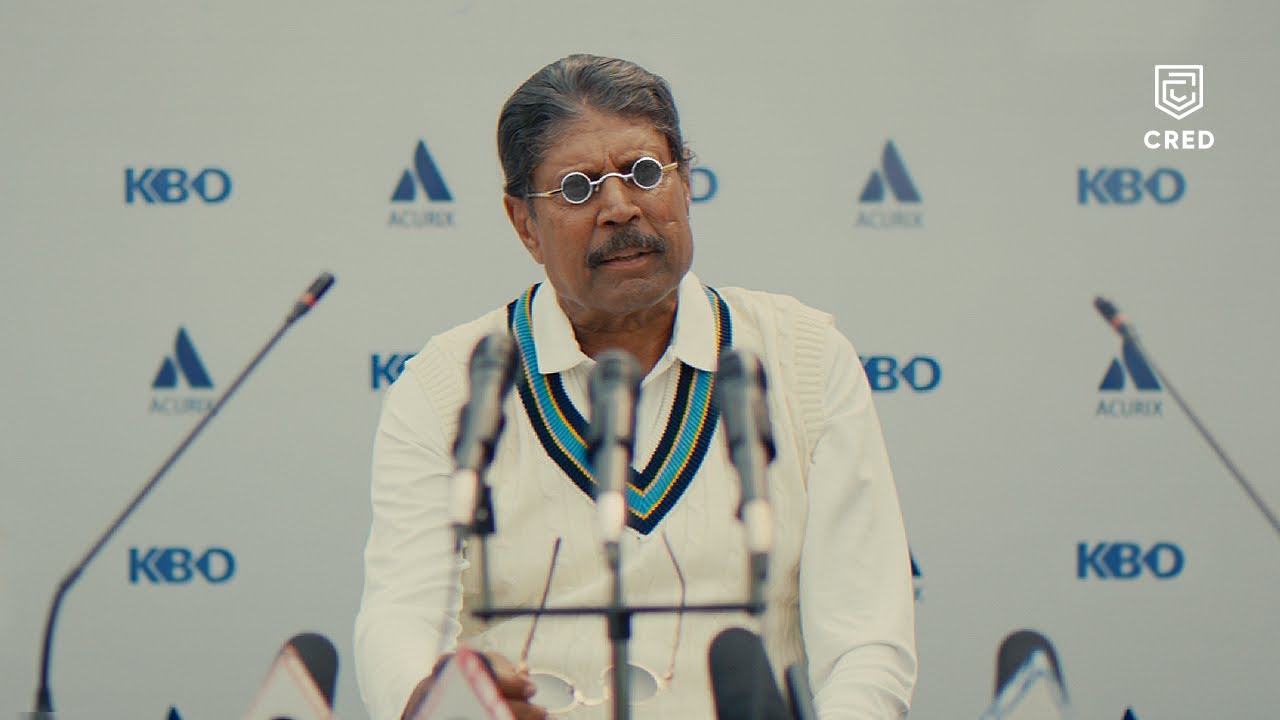
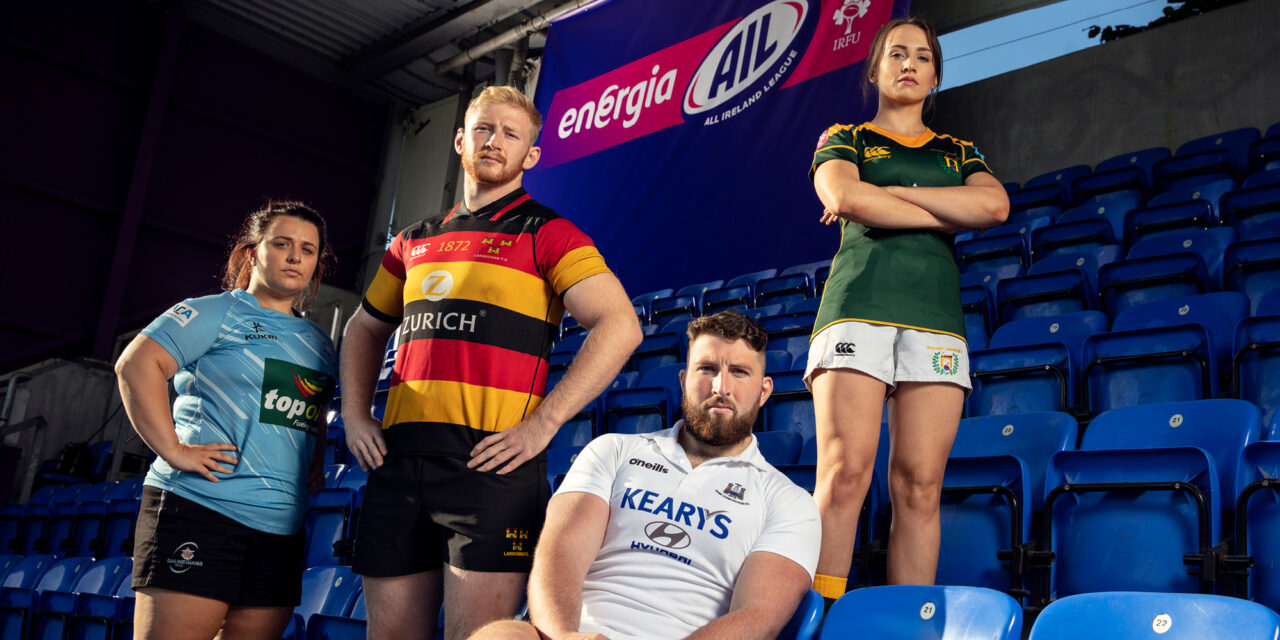



Leave a comment
You must be logged in to post a comment.